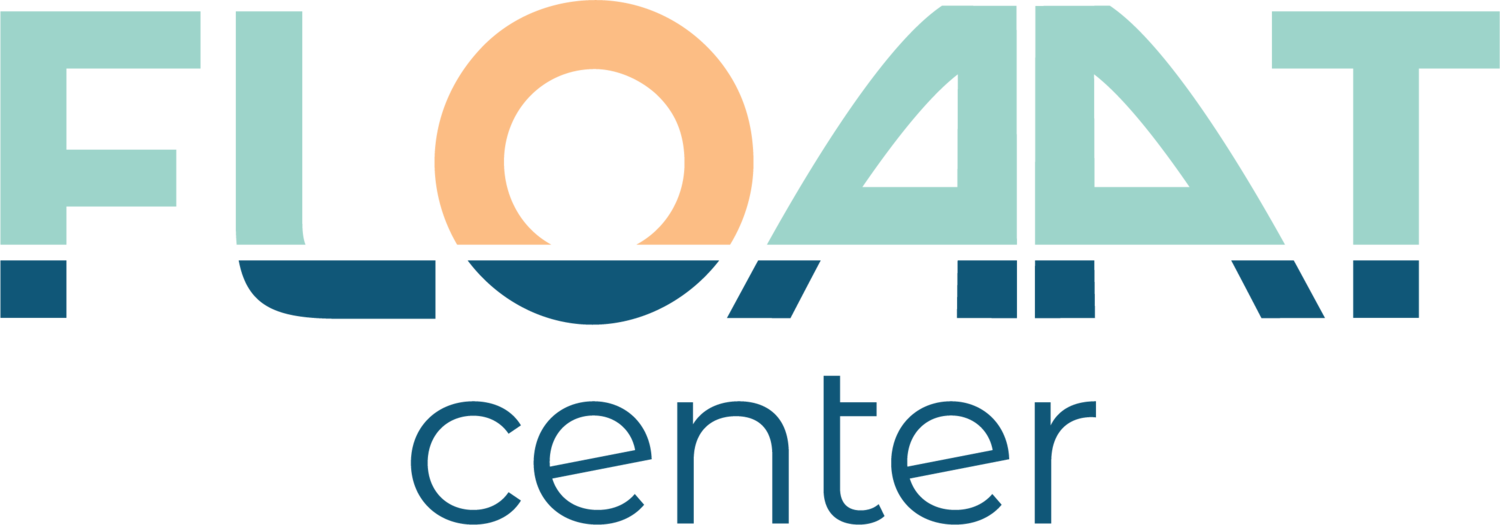Finding the Balance Between Social Media and Mental Health
Author: Mokshvi Shah, BS Northeastern University Student
Published: December 2024
Social media plays a significant role in how we connect, share, and engage with the world. Platforms like Instagram, Twitter, TikTok, and Facebook offer endless opportunities to stay informed and build relationships. While social media has its benefits, such as fostering community and self-expression, studies have shown that excessive use can lead to various mental health challenges, including:
Comparison and self-esteem issues: Constantly seeing curated, picture-perfect versions of other people’s lives can make you feel inadequate, leading to self-esteem problems and negative body image.
Anxiety and depression: The need to keep up with social media can fuel feelings of anxiety. Fear of missing out (FOMO) and the pressure to engage can create a sense of restlessness or sadness when comparing your life to others.
Sleep disruption: Endless scrolling at night disrupts sleep, which in turn can contribute to mental health issues like anxiety and depression.
Loneliness and isolation: While social media is meant to connect us, it can sometimes make us feel more isolated, particularly when interactions lack depth or feel superficial.
1. Set Intentional Boundaries for Social Media Use
One of the best ways to protect your mental health is to set boundaries around how and when you use social media. Consider setting time limits for how much time you spend on social platforms each day. Many phones and apps now allow you to track and limit your usage.
Here are some boundary-setting strategies:
Limit screen time: Use features like “Digital Wellbeing” on Android or “Screen Time” on iOS to set daily limits for social media apps.
Schedule “off hours”: Dedicate certain times of the day where you don’t engage with social media, such as during meals, an hour before bed, or the first hour after waking up.
Create tech-free zones: Designate areas in your home, such as your bedroom or dining table, as social media-free zones.
2. Practice Mindful Social Media Use
Mindful social media use means being intentional about how you engage with digital platforms. Instead of endlessly scrolling through your feeds, ask yourself why you're logging in.
Ways to practice mindful social media use include:
Check your emotions: Before logging on, pause and check in with yourself. Are you bored, lonely, anxious, or stressed?
Engage with purpose: When you go online, make a conscious choice about how you want to engage. Avoid passive scrolling, which can lead to unhealthy comparison or overstimulation.
Be selective with content: Curate your feed to follow accounts that inspire, motivate, or bring you joy. Unfollow or mute accounts that trigger feelings of inadequacy or negative emotions.
3. Take Regular Breaks (Digital Detox)
If social media is starting to feel overwhelming, consider taking a break. A “digital detox” allows you to step away and focus on real-life connections and experiences, helping you reset your mind and emotions. This can be a short break, such as a weekend without social media, or a longer break if you feel you need it.
Here’s how to start a digital detox:
Set a specific goal: Decide how long you want to take a break from social media. It could be for a few hours each day, a full day each week, or an entire week or month.
Delete apps temporarily: If you find it difficult to resist the temptation to check your accounts, consider deleting social media apps from your phone temporarily.
Fill your time with offline activities: Use your detox time to engage in offline activities that bring you joy, such as spending time with loved ones, reading, exercising, or pursuing hobbies.
4. Balance Social Media with Real-Life Experiences
One of the best ways to maintain a healthy relationship with social media is to balance your online interactions with real-life experiences. While social media can be a great way to stay connected, it’s essential to nurture your offline life as well.
Here’s how to balance your time:
Make time for offline hobbies: Dedicate time to activities that don’t involve screens, such as reading, cooking, hiking, or spending time with loved ones. Engaging in offline activities helps you stay grounded and reduces dependency on social media for entertainment.
Practice being present: Whether you’re with friends, family, or at an event, focus on being present in the moment rather than documenting everything for social media.
Find fulfillment beyond social media: Reflect on what brings you joy and fulfillment outside of your digital world, whether it’s volunteering, learning new skills, or simply spending quality time with those who matter most.
Social media can be both a blessing and a challenge. It connects us with people and ideas across the world but can also overwhelm and negatively impact our mental health. The key is finding a balance; using social media in a way that enhances your life without letting it dominate your time or emotions. By setting boundaries, practicing mindfulness, taking breaks, and fostering real connections, you can create a healthier, more intentional relationship with social media.
